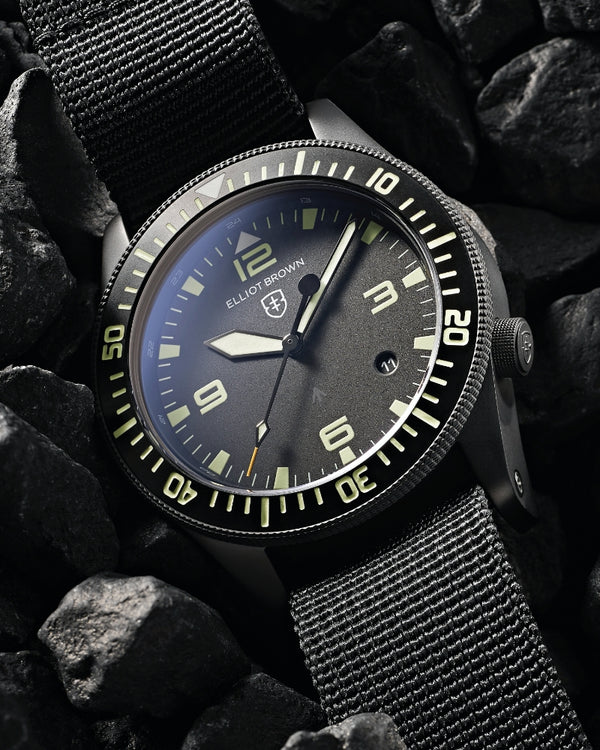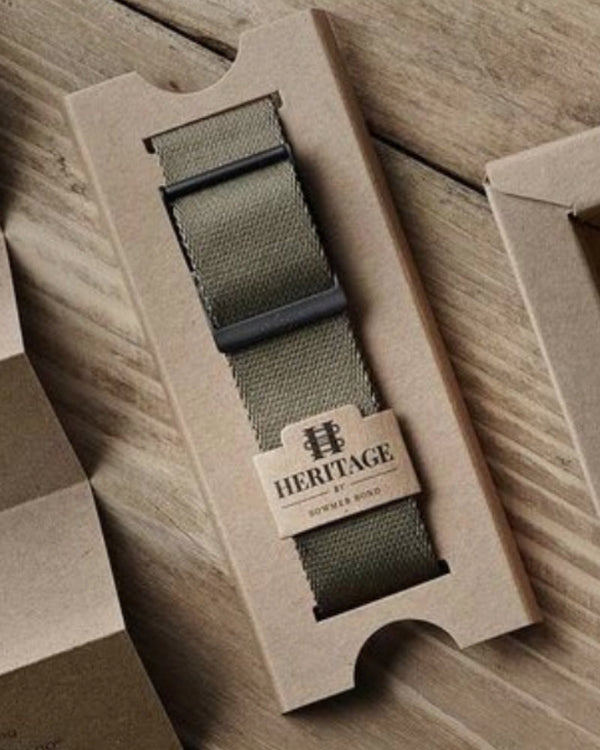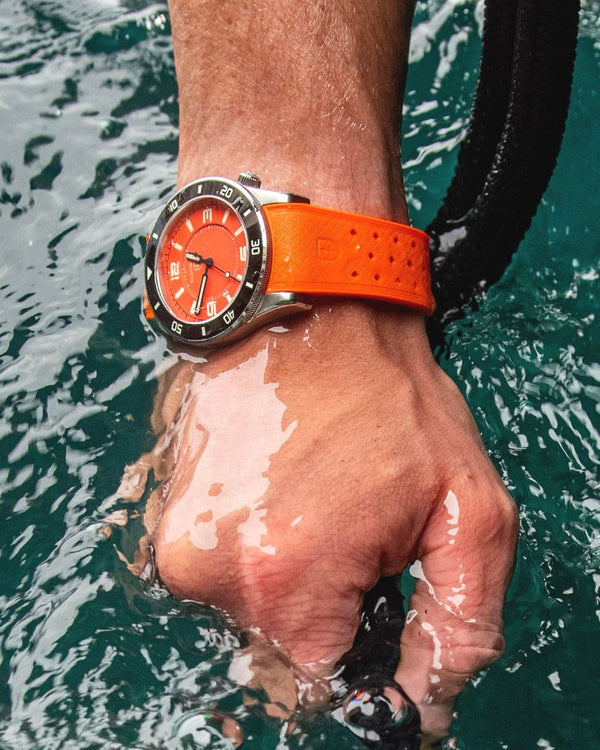An interview with open water swimmer Beth French

Last month I swam inside a glacier in a bikini - god love it!
Beth French is an open water swimmer who’s best known for swimming the English Channel seven years ago and then becoming the first person to swim 26 miles from Cornwall to the Isles of Scilly two years later.
But she now has even colder climates in her sights: “I want to swim in Antarctica!” More specifically she wants to experience an ex-whaling station and whale graveyard by swimming over it.
“It’s a long-term mission. I would love to do it in two years’ time but it doesn’t come with a small price tag.”
Why a whaling station? It’s all about bringing attention to a cause she’s passionate about, “You look into the water and you see black rock and then what looks like white sand in the rock. The white sand is actually whale bones. You think about what’s happening in Japan and Iceland and just think ‘come on guys’. I really want to bring that alive for people by putting myself through the experience.”
Beth’s already started her training and most recently completed her first ever zero degree swim wearing only a bikini. “I wanted to see if my body was capable and you know what I found it totally is my bag!”
The bikini is an important factor. Beth is someone who is always happy to talk about body size in a very straightforward manner, “I don’t like wearing anything else! I hate wet suits. So I’ve always been coerced into wearing full swimming costumes because I’m told it looks more sporty. But I don’t wear swimsuits. I’m more comfortable in a bikini. I want to bear my mid drift in Antarctica. It may not look like it did in my twenties but that’s fine by me. When you’re swimming amongst icebergs you don’t really think about how your body looks.”

She headed to the Hintertux Glacier in Austria for her first training experience. It’s accessed via a gondola and chair lifts and is one of the most popular glaciers in Austria forming part of a year-round ski and hiking resort.
Although Beth is used to open water swimming in temperatures as low as three degrees, this was another matter entirely, “It’s a totally different experience. I’m completely accustomed to battling and the adrenalin and anxiety which always happens up to an hour before I get into the water. Even now. Breathing slowly and getting mentally prepared.
“But this was an overwhelming body and brain rush of sensation and you have to stay calm, in the present and unpick the natural responses that are happening around you – like the tightening and restricting. You have to focus on breathing and staying relaxed and still get in and start swimming!
“Only the mountain guide didn’t think I was daft because they jump into mountain lakes all the time. It’s such a massive release doing something like this. It’s like meditation, a mindful thing to do, you have to be present because you can’t think yourself warm. The most beautiful, excruciating, cheapest high you can get!”
Beth managed around seven minutes in the water. But the only reason she had to get out was because a group of tourists turned up in their boat for their turn on the tour, otherwise she might have stayed longer. “In three degree water I’m happy for 20 minutes or so. I did manage a few laps up and down the tunnel. This was my first zero degree water experience but in the Antarctica it will be minus one in the water. The challenge there will be the windchill factor. Because it could feel warm in the water, and that can be dangerous.”
She will also have to think carefully about her “get out” plan and ensuring she doesn’t harm herself in between getting out of the water and getting dry and into warm clothes. “It will hurt to get warm again! We need to think about the logistics of getting back under shelter.”

Beth says she is inspired by people like Lewis Pugh who always swims in just speedos, a cap and goggles and is most famous for undertaking the first swim across the North Pole in 2007 to highlight the melting of the Arctic Sea ice. He’s also swum across a glacial lake on Mount Everest to draw attention to the melting of the glaciers in the Himalayas, and in 2018 he swam the full length of the English Channel to call for 30 per cent of the world's oceans to be protected by 2030.
“So many of our barriers are being peeled back and the last five years has shown what is humanly possible in the water. Swimming has given me a self-confidence. I’m passionate about our planet and human interaction with the natural world, which can be poignant and heart wrenching.”
Even here in the Alps, Beth was able to raise awareness of our impact on the world around us, “Although this is considered a stable glacier; it’s getting hollow on the inside and I wanted to highlight the fact that glaciers don’t always look like their breaking from the outside – you need to look deeper and pay attention.”
More recently Beth has just returned from the Isles of Scilly where she is an Ambassador for the Scilly Swim Challenge. Undertaking 14 and a half hours of swimming in order to champion the slowest swimmer so they didn’t feel left behind. That’s her attitude - supportive, inclusive and caring.
Favourite place to swim?
Durdle Door – an incredibly special place in Dorset on the Jurassic Coast.
Best spot for a local swim
I love Branscomb locally – there’s nothing there. Just a little café on the grass behind the beach. It’s so lovely.
Has your son caught the swimming bug?
He is a climber! That’s where world makes sense for him. But he does loves being in the water and wants to learn to scuba dive. I have never done it because I thought I would get distracted and stay down too long. But I’ll be more sensible if I’m down there with my son.
















